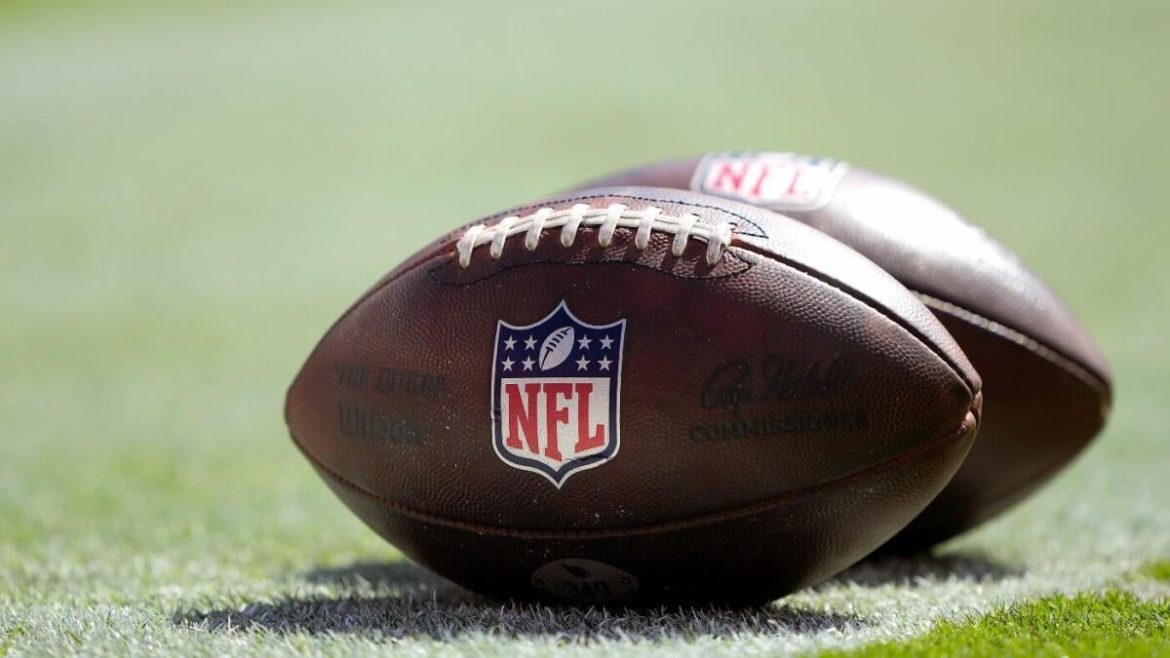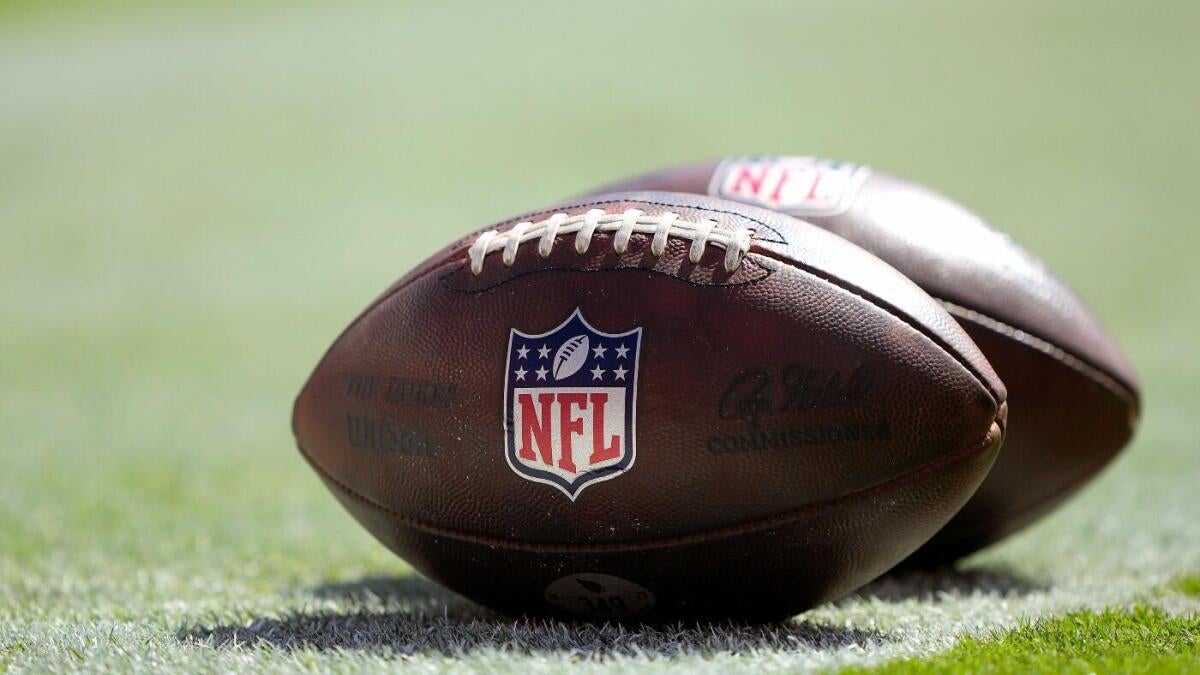The Rising Tide of Collaboration: A Deep Dive into the 2025 NFL Joint Practice Schedule
The National Football League is entering a new era of preseason preparation, one increasingly defined by collaborative training. The trend of joint practices, where teams work alongside their opponents before facing off in exhibition games, continues to gain momentum. Analysis of recent announcements reveals a robust schedule of these sessions planned for the 2025 NFL preseason, involving 29 of the league’s 32 teams – a slight decrease from the 30 teams that participated in 2024, but still a significant commitment to this training methodology. This report will dissect the details of the 2025 schedule, explore the benefits driving this trend, and consider the implications for player development and competitive balance.
The Expanding Landscape of Joint Practices
For several years, the NFL has been incrementally expanding the allowance and encouragement of joint practices. The data indicates a clear upward trajectory in participation. While initially viewed as a novel approach, joint practices have become a standard component of many teams’ preseason routines. The 2025 schedule, officially announced by the league on Wednesday, features a total of 24 confirmed joint practice sessions. Teams are permitted to hold up to four of these sessions during the preseason, allowing for a substantial amount of cross-team work.
The schedule is concentrated in the early weeks of August, strategically positioned before preseason games. This timing is crucial, as it allows coaches to evaluate players against different schemes and personnel without the intensity – and risk of injury – associated with full-fledged game action.
Key Matchups and Early Dates
Several intriguing matchups have already been confirmed. The Indianapolis Colts will travel to Owings Mills, Maryland, to practice with the Baltimore Ravens on August 5th. Simultaneously, the Los Angeles Rams will be in Oxnard, California, for joint sessions with the Dallas Cowboys. The following day, August 6th, sees the Cleveland Browns heading to Carolina to practice with the Panthers, and the Washington Commanders visiting the New England Patriots in Foxborough.
These early dates suggest a league-wide push for efficient preseason preparation, maximizing the opportunity for teams to refine their strategies and assess talent before the regular season begins. The geographical distribution of these practices also indicates a deliberate effort to minimize travel burdens on teams, particularly those participating in multiple sessions.
The Rationale Behind the Trend: Benefits for Teams and Players
The increasing popularity of joint practices isn’t accidental. Several compelling benefits drive this trend.
- Enhanced Evaluation: Joint practices provide a more realistic and challenging environment for evaluating players than traditional training camp drills. Facing a different opponent forces players to adapt quickly and demonstrate their skills against unfamiliar techniques and strategies.
- Scheme Refinement: Coaches gain valuable insights into the effectiveness of their schemes against opposing philosophies. This allows for real-time adjustments and improvements, leading to a more polished and adaptable game plan.
- Injury Mitigation: While contact is still involved, joint practices generally carry a lower risk of injury compared to full-speed preseason games. This allows teams to assess players without exposing them to the same level of physical stress.
- Competitive Intensity: The presence of an opponent elevates the level of competition during practice, fostering a more focused and productive training environment. Players are naturally more motivated to perform at their best when facing off against someone they’ll soon compete against in a game.
- Building Relationships: Beyond the on-field benefits, joint practices can foster positive relationships between players and coaches from different organizations, contributing to a more collaborative and respectful league culture.
Implications for Competitive Balance and Player Development
The widespread adoption of joint practices has potential implications for competitive balance within the NFL. Teams with established coaching staffs and well-defined schemes may benefit disproportionately from these sessions, as they can more effectively leverage the opportunity to refine their strategies and identify weaknesses in their opponents. However, the access to different looks and challenges also levels the playing field, allowing teams to quickly adapt and improve.
From a player development perspective, joint practices offer invaluable opportunities for young players to gain experience and refine their skills. Facing a variety of opponents forces them to think on their feet and adapt to different playing styles, accelerating their learning curve. The increased competitive intensity also pushes players to elevate their performance, fostering a culture of continuous improvement.
A Closer Look at Team Participation
While 29 teams are participating, it’s worth noting the three teams currently absent from the schedule. This absence doesn’t necessarily indicate a rejection of the practice, but could be due to logistical constraints, coaching preferences, or a focus on internal development. It will be interesting to observe whether these teams reconsider their stance in future seasons.
Several teams are engaging in multiple joint practice sessions. This suggests a strong belief in the benefits of this training methodology and a commitment to maximizing their preseason preparation. The Rams, for example, are scheduled to practice with both the Cowboys and another yet-to-be-announced team, demonstrating a proactive approach to building a competitive edge.
Looking Ahead: The Future of NFL Preseason
The 2025 NFL joint practice schedule represents a significant step forward in the evolution of preseason preparation. As the league continues to prioritize player safety and competitive balance, it’s likely that joint practices will become even more prevalent in the years to come.
The NFL may explore further refinements to the rules governing these sessions, potentially expanding the allowed number of practice days or implementing standardized evaluation protocols. The league could also leverage data analytics to assess the effectiveness of joint practices and identify best practices for maximizing their benefits.
A Collaborative Future
The trend towards increased collaboration in the NFL preseason is a positive development for the league. Joint practices offer a valuable opportunity for teams to refine their strategies, evaluate players, and foster a more competitive and respectful environment. As the 2025 schedule demonstrates, the NFL is embracing this approach, paving the way for a more dynamic and engaging preseason experience for both players and fans. The future of NFL preseason appears to be one of shared learning, strategic adaptation, and a collective pursuit of excellence.





